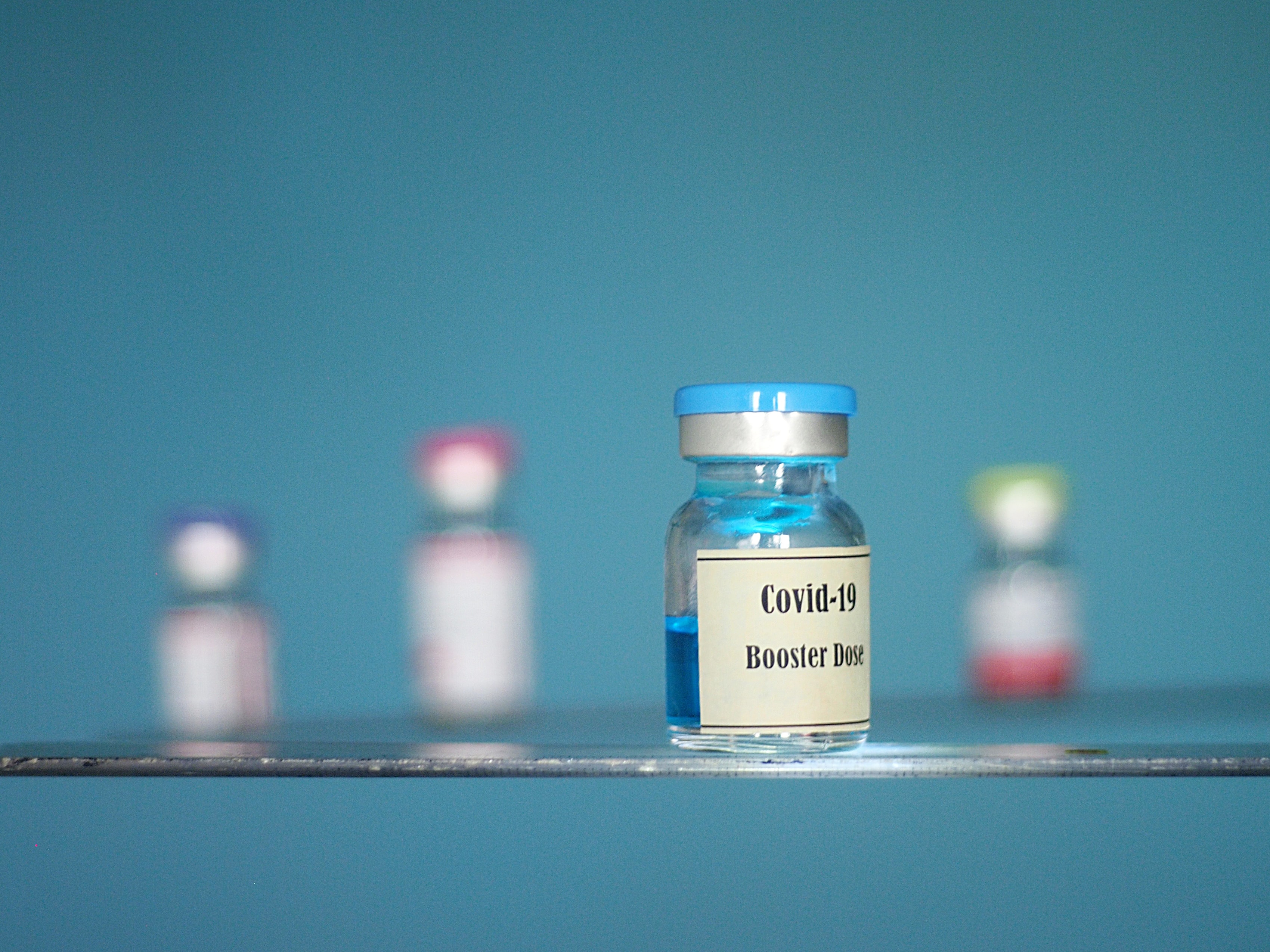 Photo by Parang Mehta
Photo by Parang Mehta
On July 30, 2021, Israel became the first nation in the world to initiate a third booster dose of the BNT162b2 vaccine against COVID for those above 60 years of age who had been vaccinated at least 5 months earlier. Now, it has been extended to the whole population. A study published in NEJM found that the confirmed infection rate and severe illness were lower among those who received a booster dose of the BNT162b2 vaccine.
Now another study has looked into waning immunity:
In a retrospective cohort study, electronic health records of about 3.4 million patients 12 years and older from Kaiser Permanente in Southern California from December 14, 2020 to August 8, 2021 were reviewed for SARS-CoV-2 PCR-positive tests and COVID-19-related hospital admissions. This Pfizer funded study published on 10/4/21 in The Lancet showed that vaccine effectiveness dropped from 88% in the first month post full vaccination to about 47% after five months.
Although this shows the reasoning behind the booster dose recommendation for those eligible for it, there are limitations to this study. We don’t know the risk level of those that had breakthrough infections such as occupational risk as seen with healthcare professionals. It also does not take into account adherence to masks or social distancing. It will be interesting to see what conclusions come about from other studies.
 Photo by
Photo by  Photo by
Photo by 
 Photo by
Photo by  Photo by
Photo by  Photo by
Photo by